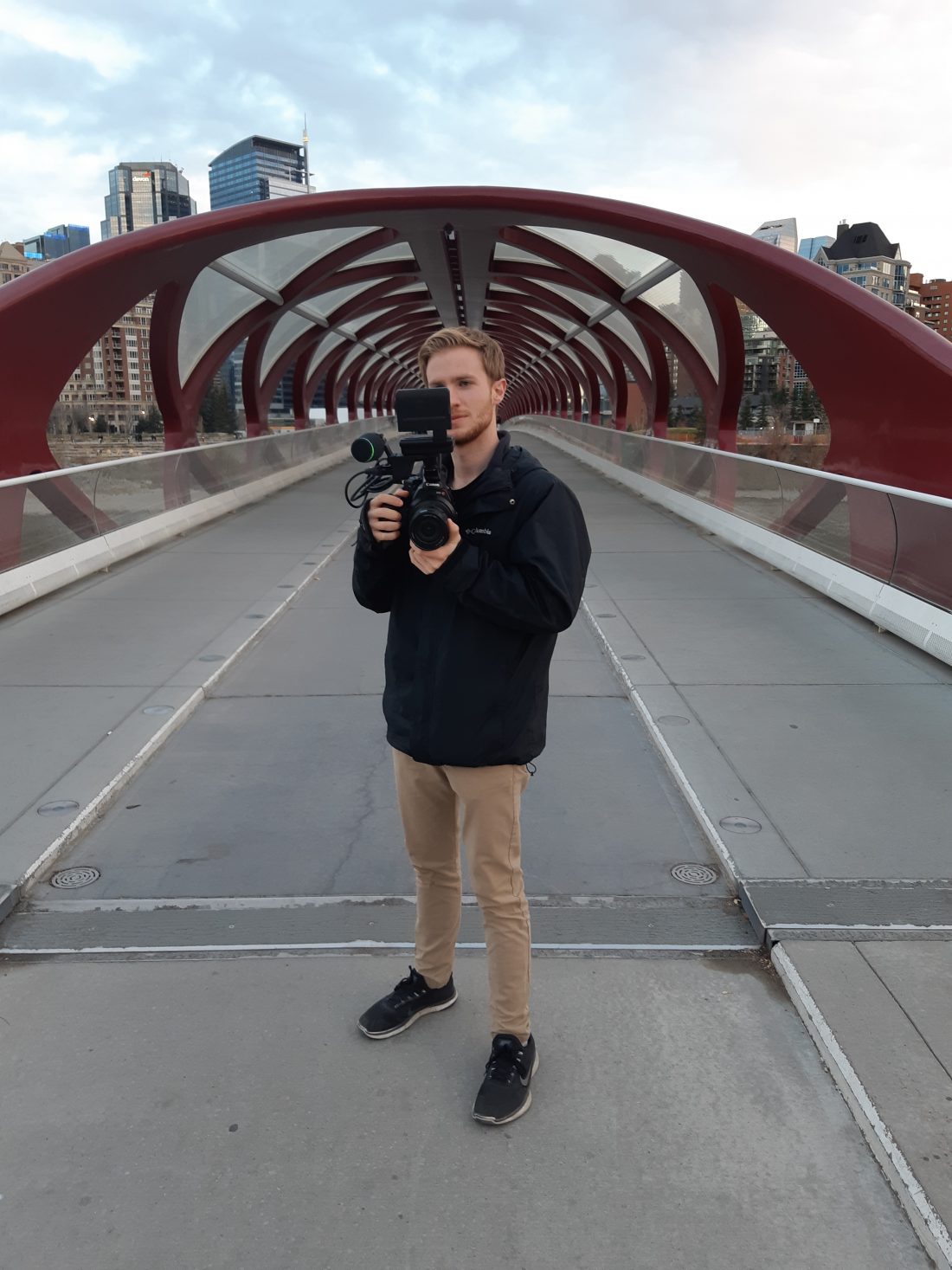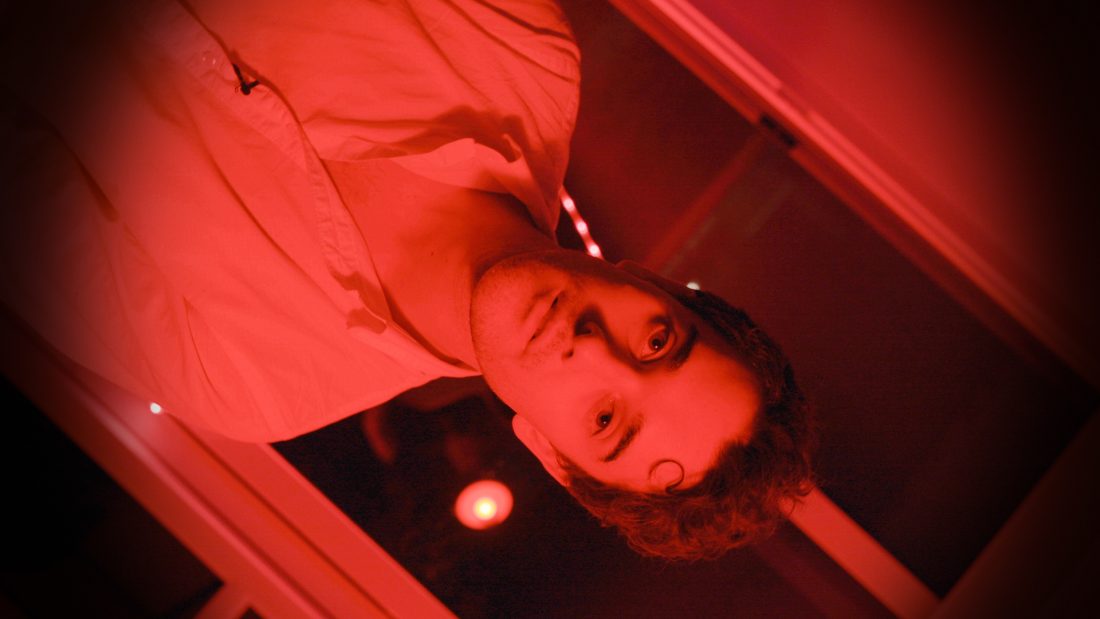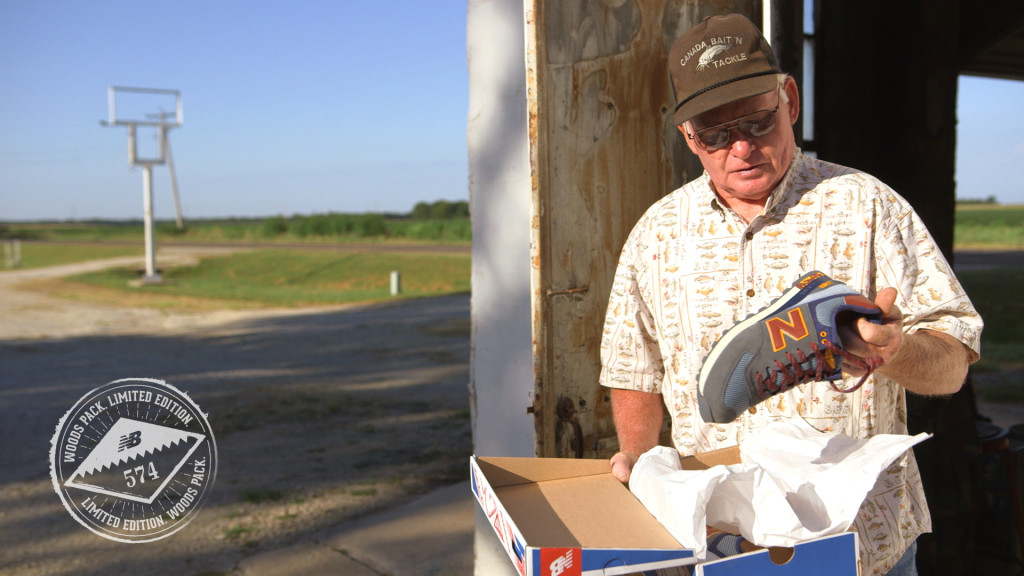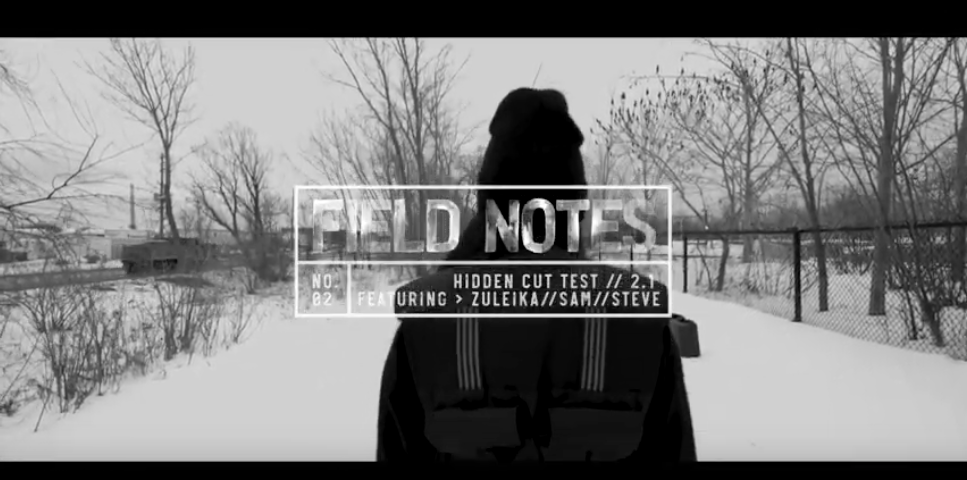
10 Rules of Filming on the Road
In October, I had the opportunity to spend two weeks shooting and editing a very special project called The Road Home. Travelling to Vancouver and Calgary, filmmaker Ben Agbeke and I spent 12 days documenting the journey of lawyer, author, and activist Jamil Jivani as he gathered best practices for reaching at-risk youth. It was one of the most rewarding and challenging projects I’ve worked on. And during the 170 hours of on-the-road filming, I learned a few things along the way.
These are my 10 Rules of Filming on the Road.
1. Pack light
When packing up the gear, it quickly became important to make the distinction between what would be “nice to have” vs. what we couldn’t live without – especially because we had to pay for every checked bag on every flight. Two tripods made the cut… a motion control time-lapse rig did not. This meant we could be efficient and move quickly throughout all our varied locations.
2. Balance your shot list with real life
Shooting in a documentary style meant relinquishing a lot of control. We needed to balance the goals of executing on our vision with capturing the authentic moments as they happened. While it would have been easy to get discouraged by harsh lighting, background noise or miscellaneous clutter that we faced in some locations, we learned to adapt and simply appreciate the people who were giving their time and resources to the project. Capture as much as you can in the moment with real people, and shoot the beautiful shots in your off-time.
3. Depend on the kindness of strangers
As a super small crew of two with no cart/dolly; a simple logistical challenge we constantly faced was getting all of our gear in and out of locations. Sometimes we got lucky with a parking spot right next to the entrance, but more often than not, it meant dropping everything off on the sidewalk with one of us while the other found parking. When you have no other options you just channel your inner Sherpa and tough it out… and hope the stereotypical Canadian politeness causes a few strangers to hold doors open as you shuffle through gratefully.
4. Sometimes finished is better than perfect
For the first half of the trip in Vancouver, Ben and I created same-day edits of the material we shot: highlights of the day along with a soundbite that was particularly poignant or inspiring. At the outset of the trip, our focus was to create as much content as we possibly could with the hopes of kick-starting Jamil’s social channels and building public engagement. But shooting in several locations for 12 hours a day, meant we were starting to edit around 9pm and continuing well into the night, leaving little time for revisions, tweaking and to be honest, perfectionism. Turns out when you’re pressed for time, you can ramp up your output and still be happy with the results. The down and dirty highlights we created drew hundreds of new viewers into Jamil’s story strictly because the videos felt raw, authentic and hyper current.
5. A little pre-planning goes a long way…
Calling ahead to coordinate with theatre directors or community centre managers not only saved us time and effort, but allowed us to visualize each unique location and develop a plan of attack. Knowing potential camera placements or privacy concerns ahead of time allowed for Ben and I to strategize and make use of the limited setup time we had to get the best content we could.
6. …but always have a backup plan
Things go wrong. It’s the nature of the business. So plan for things to go wrong with a backup plan. Use your lav and the camera mic, film WAY more b-roll than you need, take someone up on their offer to share the footage they shot, plan to film in a second location, be flexible to re-work your schedule. When you’re on the road, you only get one opportunity to capture the events, moments and interviews that are happening, so hedge your bets and be ready for everything (or for everything to go wrong).
7. Rent the bigger car
While great on gas and cost-effective, our rental Hyundai Elantra was not a great production vehicle for three guys with 2 x tripods, cameras, lights, and a whole bunch of accessories. The Cadillac Escalade we eventually upgraded to had glorious leg room and an ability to clear speed bumps/curbs that the Elantra simply couldn’t match. When you’re on the road, you spend a lot of time doing just that, being “on the road” so invest in a ride that will allow for some of that travel time to be enjoyable and help you refresh for your next shoot.
8. Have a support system
From Steven’s packing expertise, to Caitie/Zuleika/Richard’s social media management, all the way to Mike’s emergency troubleshooting, this entire project greatly benefited from the whole Q team’s support back in Toronto. Having someone who is not on the road with you (i.e not stressed and sleep deprived) who you can call on for support or problem-solving is key to success.
9. Divide and conquer
Doing so many jobs on the fly, it was important that Ben and I got into a rhythm when it came to setting up, shooting, and tearing down efficiently. A big part of that was constant communication to divvy up the responsibilities and requirements of each location. On a strenuous project like this one, dividing and conquering was also essential to managing our energy and getting enough sleep – when possible, we’d alternate who stayed up late to edit. This is also a time for you both to recognize strengths and weaknesses and divy up accordingly. Are you terrible a morning driver? Hand over the keys to your crew and be in charge of grabbing AM grub instead.
10. Remember to have fun!
It may sound super cliché, but having fun on productions like this actually helps everything run smoother – keeping things light helps get better interviews, bonding as a crew during adversity or absurdity rather than letting it push you apart. You can’t control a lot of things when shooting on the road, but what you can control is how you let those things affect you… and that can make all the difference.
VIDEO LINK: Check out the fruits of our labour HERE.
What about you? Have you learned any tips and tricks while out on the road? Share your own 10 rules of filming on the road below!



